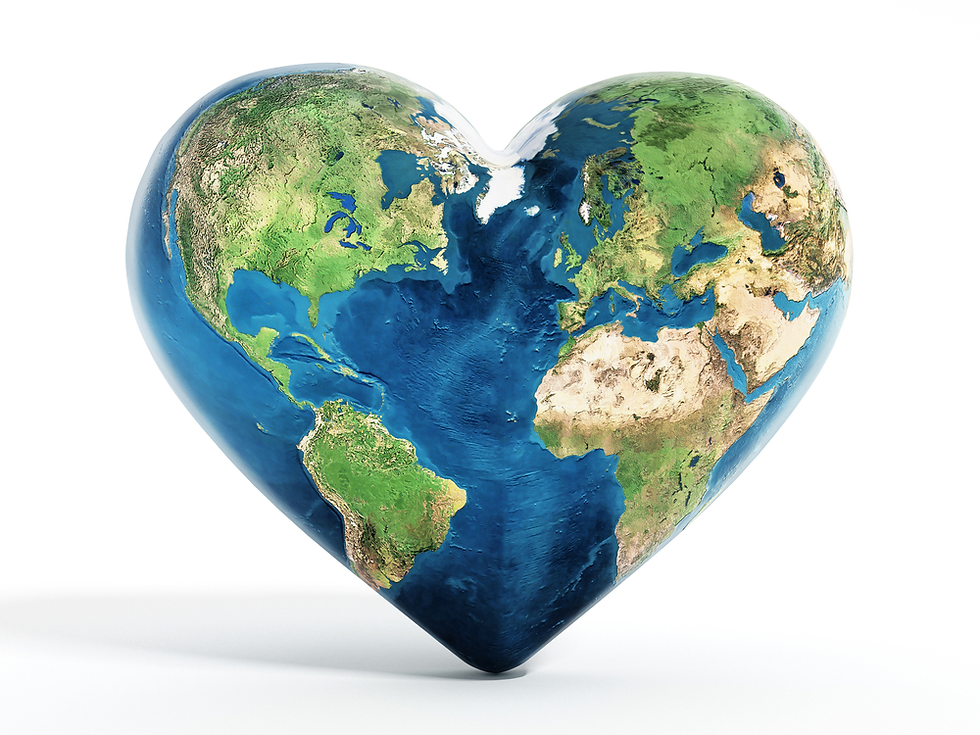How Coronavirus is Impacting the Environment
- Maddie Worth
- May 15, 2020
- 2 min read
Updated: Apr 21, 2021
Air Pollution
Due to the many varying factors surrounding COVID-19, there have been significant reductions in air pollution and CO2 emissions. In the United States alone, there has been around 40% less domestic air travel, along with up to a 50% decrease in traffic and vehicle congestion, due to staying at home orders and a rise in remote work. Around the world, it is said that only 1 in 5 scheduled flights are taking off, resulting in a significant reduction of emissions. Many large polluting factories (such as those in China) are closed or operating less, further reducing emissions. In China, it is thought that carbon emissions have lowered 25%, improving air quality in cities and congested areas. Also, in India, where there is a strict lockdown in place, the Himalayas are now visible to citizens over 100 miles away. This occurrence has not happened in over thirty years, due to the degrading air quality. The skies are opening up, allowing nature to be seen and heard, as it once was many years ago.

Animals Roaming
Another positive effect resulting from Coronavirus lockdowns is an increase in animals enjoying their natural habitats! Without the fear of humans taking over their environments and homes, species have been thriving. In national parks, wild animals have gained a full range of the land, taking over many spots where humans would regularly be camping or hiking. On empty beaches, sea turtles have been creating more nests all along coastal areas where humans would regularly be taking over and coming in close contact with the nests. Another place where animals have taken back their homes is in Venice’s canals. Due to the lack of human activity and tourism, the waterways have been cleaner with sediment settling, revealing more transparent water. This has invited animals such as dolphins and jellyfish into the canals, thriving in the middle of the city!
An interesting creature many people would not consider among thriving species is the bee. Due to less air pollution and traffic, bees have been able to roam more freely to collect pollen. They do not have to dodge vehicles and humans, and they have clear access to their food. A decrease in mowing and public greenery maintenance has led to greater and more convenient access to food.

How can we keep this up?
Unfortunately for the animals, things will eventually return to normal. Humans will travel to work in rush hour traffic. Airplanes will take off 24 hours a day like clock work. Humans will once again invade national parks and forests. Travel and life will resume as normal. However, we can take these times of hardships as a learning lesson. We can remember the stories about sea turtles hatching and bears playing in open fields and clear skies being visible, using them to influence our future decisions. Some ways we can continue these patterns include...
Ride-sharing and public transportation
Strengthening global commons
Being more conscious of pollution
Spending time outdoors while respecting natural habitats
Planting flowers to attract pollinators
Cutting back on unnecessary purchases
Love mother nature, and she will love you back!

Sources:
https://www.dailysabah.com/life/environment/peaks-of-himalayas-now-visible-from-india-for-first-time-in-30-years-thanks-to-reduced-pollution-in-lockdown
https://www.cnn.com/travel/article/himalayas-visible-lockdown-india-scli-intl/index.html
https://www.inquirer.com/science/climate/earth-day-coronavirus-philadelphia-wildlife-pollution-climate-change-20200422.html
https://venngage.com/blog/coronavirus-impact-on-environment-infographic/







Comments